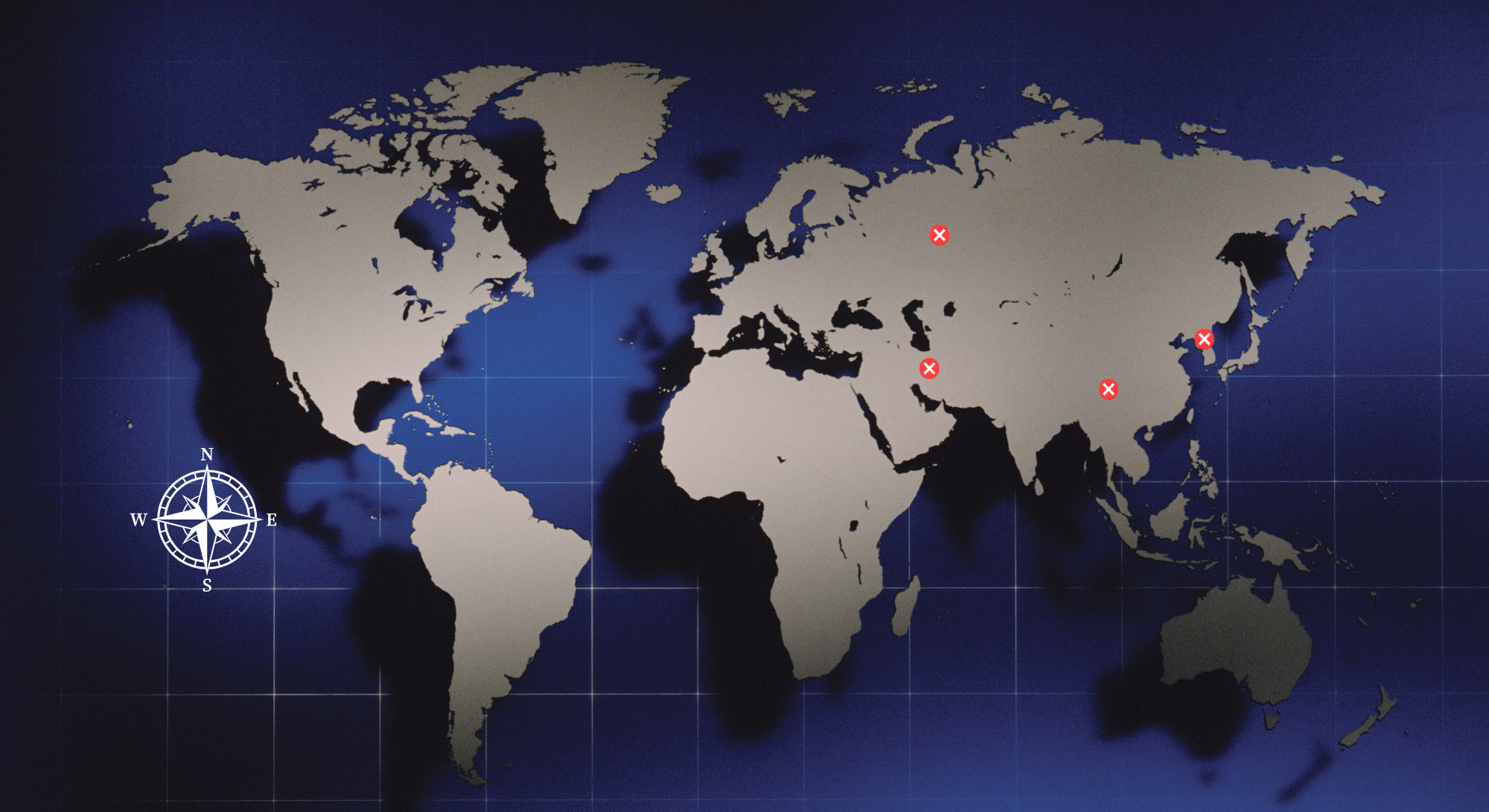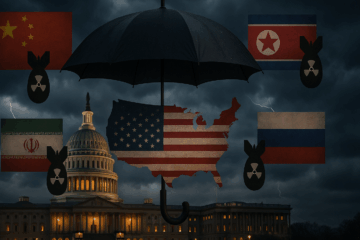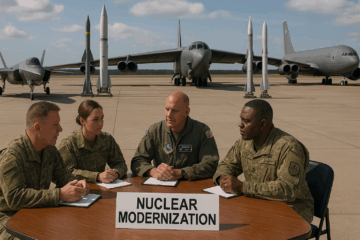The North Atlantic Treaty Organization’s (NATO) many strategic documents, leader speeches, and summit communiques regularly repeat the moniker, “As long as nuclear weapons exist, NATO will remain a nuclear alliance.” This is an acknowledgement of reality and the fact that nuclear weapons are fundamental to the alliance.
NATO’s Nuclear Planning Group also provides participating allies a forum to discuss and develop the alliance’s nuclear policies, demonstrating a unified view on nuclear weapons. Today, six of NATO’s 30 European allies store nuclear weapons in their countries. These sites are vital to NATO’s strategic deterrence posture. With the end of the Cold War, NATO made the proper choice to reduce the stockpile of nuclear weapons in Europe from more than 5,000 in 1991 as a means for building goodwill and assurances with Russia.
However, the current state of NATO’s nuclear posture and its ability deter aggression is seriously weakened. First, recent British failures with their Trident submarine ballistic missile forces is a major concern for NATO. If the United Kingdom’s (UK) single nuclear deterrent appears unreliable, then British leaders must look to expand the nuclear arsenal beyond the four submarines they currently field.
Downplaying recent failures is a mistake. Indeed, British Trident missile failures are leading defense experts to call for radical changes in the UK’s deterrent posture. While the United Kingdom is increasing the size of its nuclear stockpile, the UK should no longer rely on its single nuclear system to deter aggression. Developing an additional warhead and delivery system to ensure the success of this no-fail mission is the right decision. With Russia making overt threats against the United Kingdom, maintaining a visible and credible nuclear deterrent is not only vital for British survival but for NATO’s survival.
French President Emmanuel Macron’s recent nuclear-use declaration appears to undermine alliance nuclear deterrence. While France does not participate in NATO’s Nuclear Planning Group, the alliance does rely on France’s strategic weapons to deter aggression. President Macron stating that France will only employ nuclear weapons to defend its interests creates doubt among alliance members.
Finally, the ongoing political turmoil in the United States is causing serious concerns among NATO member-states. Looking beyond political rhetoric during an election year, NATO should be more concerned with the United States’ ability to modernize its nuclear forces. American adherence to a defunct arms control treaty and a deemphasis on the utility of nuclear weapons leaves the US unable to produce nuclear weapons at the speed and scale required to meet today’s security environment.
Reports concerning the high costs of manufacturing plutonium pits, largely due to divestment of manufacturing capability, threatens to create undue delays in the modernization programs which will place the country and NATO at risk. With British failures, French questionable commitment, and American modernization struggles, NATO’s nuclear deterrent appears hollow. It is no wonder Germany and Turkey are engaged in political discussions surrounding the pursuit of an independent nuclear deterrent.
Current realities require NATO to make a serious assessment of its nuclear deterrence strategy. For instance, NATO’s continued pursuit of arms control limits its deterrence strategy. And with Russia claiming 95 percent modernization of its nuclear forces, NATO’s limited nuclear force places the alliance at a serious strategic disadvantage.
Moreover, the Nuclear Non-proliferation Treaty (NPT) fails to fulfill its intent as more nations seek to acquire nuclear weapons or grow their current arsenals. While NATO made significant strides in global stability through nuclear reductions and adherence to the NPT and other arms control agreements, NATO’s adversaries violate these agreements at will to gain strategic advantage.
NATO needs to reverse course from the “three nos” from the 1990s to policies that increase the alliance’s credibility. Allies must say yes to reintroducing strategic weapons across NATO territory. Moreover, more allies accepting a direct role in nuclear deterrence will go far in addressing the “burden sharing” question.
Member-states could meet the 2 percent defense spending requirement, which could support nuclear deterrence. Demonstrating a willingness to support nuclear sharing by dispersing nuclear capabilities and forces throughout the European theater would silence burden-sharing critics.
Since these weapons would remain under US or UK control, NATO would continue to abide by arms control treaties. While there would undoubtedly be objections from that anti-nuclear groups or those who want their nations to join the Treaty on the Prohibition of Nuclear Weapons, today’s strategic environment requires NATO to pursue a realistic nuclear strategy that will address threats from Russia and emerging nuclear powers while sharing the deterrence burden across the alliance.
When the next Secretary General of NATO takes the helm, the new leader should state, “As long as nuclear weapons exist and hostile powers threaten the alliance, NATO will remain a nuclear alliance and maintain a robust deterrent shared by member-states.” Possessing a credible, reliable, survivable, and redundant strategic deterrent, shared by all allies, is how NATO deters future conflict.
CDR (Ret.) Todd Clawson is a Fellow at the National Institute for Deterrence Studies. Views expressed in this article are the author’s own.





